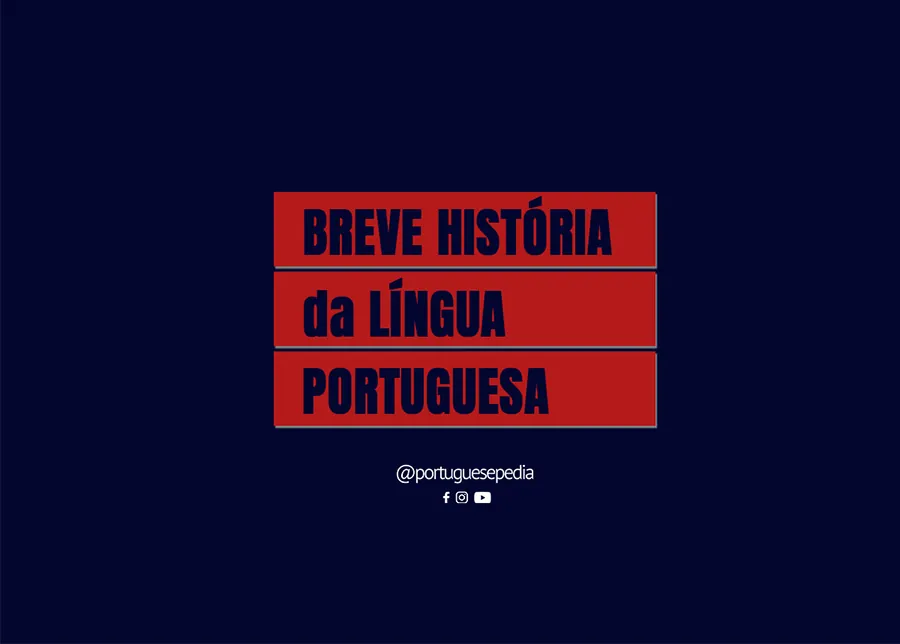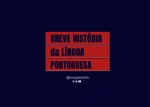
Portuguese Language Historical Origins
With over 220 million native speakers, Portuguese is the sixth most spoken language in the world. That is something! But where did this language originate?
Being a Romance language, Portuguese’s history surely goes back to Latin. Let’s find out more.
Related reads!
• Portuguese Speaking Countries around the World
• Portuguese Spelling Reform: A Before-and-After Summary
The Romans arrived
The history of the Portuguese language has close ties to the history of the Iberian Peninsula, especially to its western fringe.

Following the Roman conquest of the peninsula in the 3rd century BCE, Vulgar Latin – a colloquial version of classical Latin – was spread by Roman soldiers, settlers, and merchants.
Despite the Latin incursion, the language spoken by the peoples of the Iberian Peninsula preserved the influence of the much older Hispano-Celtic ancient languages.
For instance, the Portuguese language is also known as Língua Lusitana after the Lusitanians – a Celtic tribe that lived in the territory of present-day Portugal and whose vernacular impacted Portuguese.
Put another way, the Lusitanians integrated the Latin language into their own as Roman settlers moved in – their original tongue was not obliterated.
By the way, the prefix luso in words like Lusophone ties back to the Lusitanians.
Germanic invasions
As the Western Roman Empire started to crumble (between the 5th and 8th centuries CE), the Iberian Peninsula was invaded by several Germanic tribes, namely the Suevi, Goths, and Visigoths.
Although the invaders originally spoke Germanic languages, they quickly adopted the late Roman culture and Vulgar Latin dialects present in the Iberian Peninsula.
Over the next 3 centuries, they’d melt into the local cultures and leave their imprint on the language.
Indeed, a number of words of Germanic pedigree are today still part of the Portuguese lexicon, for instance, words like guerra or frio.
The Moors
Following the Moorish and Beber invasions of the 8th century, Arabic became the administrative language in the conquered territories, exerting a strong influence on the spoken language of South and Western Iberia.
For instance, Portuguese words beginning with the letters “al” are of Arabic origin. Words like alface, Algarve, or alameda fall into that category.
Also, countless agricultural products and technologies that were brought by the Moors to the Iberian Peninsula have their etymological roots in Arabic.
Despite the considerable cultural and linguistic influence exerted by the Arabs, a Latin-based vernacular – commonly known as Mozarabic – continued to be spoken by the majority of the Christian population in the Iberian Peninsula.
Middle Ages
Throughout the Middle Ages, in the regions of southwestern Europe, the mishmash between Vulgar Latin and other ancient dialects matured into several Romance languages.
One of these Romance languages came to be known as Galician- Portuguese or Old Portuguese.
Galician-Portuguese was primarily spoken in the western fringe of the Iberian Peninsula (a region equivalent to present-day Portugal and the autonomous region of Galiza) until the 14th century.
Portugal’s declaration of independence in the 12th century triggered a series of events that led to the cultural separation between Portugal and the other regions in western Iberia, namely Galicia.
Two hundred years on – somewhere in the 14th century – the linguistic differences found in Portugal and Galicia were large enough for linguists to consider Portuguese as a separate language in its own right.
The Age of Maritime Exploration
Starting in the late 14th century, the age of maritime exploration by the Portuguese brought their language to the four corners of the world – various regions of Africa, Asia, and the Americas.
The marriages between the explorers and local peoples also helped to further spread and instill Portuguese in exotic, distant regions.
Another relevant factor was Christian missionaries. They, too, made an important contribution to the dissemination of Portuguese and the formation of creole languages.
By the mid-16th century, Portuguese had become lingua franca in Asia and Africa not only for trade purposes but also to facilitate diplomatic communication between local authorities and officials of several European countries (also invested in maritime trade).
As a language, Portuguese both influenced and was influenced by other languages. For instance, Malay still keeps today in its lexicon many words of Portuguese origin.
Equally, a few Portuguese-speaking Christian communities in India, Sri Lanka, and Indonesia have preserved the language (to some extent) long after cutting official ties with Portugal.
Conversely, there are many words from native South American dialects that have left their mark on Portuguese, especially Tupi (spoken by Brazilian Indians and used as lingua franca between them and Portuguese settlers.)
Many words of African origin, too, can be found in Portuguese, much as a result of the need to refer to local objects, fauna, and flora unknown to the Portuguese.
Modern and contemporary Portuguese
Modern Portuguese dates back to the 16th century and coincides with the Renaissance period and the epic poetry of Luís Vaz de Camões.
Camões’ most acclaimed work is called “Os Lusíadas” and the author is to the Portuguese language what Shakespeare is to English.
Portuguese eventually became a sophisticated language reflecting its classical Roman and Greek origins. It is nowadays used for international and scientific communication in hundreds of universities across Lusophone countries.
Unsurprisingly, English has exerted a great deal of influence on Portuguese over the last decades, especially in the areas of technology and science (as new concepts are currently being developed mostly in Anglophone countries).
Lusophone literature is vast (from Brazil to Portugal to Angola to Mozambique) and has dozens of internationally acclaimed authors, for instance, Natalia Borges Polesso, Mia Couto, António Lobo Antunes, and of course the Nobel-awarded José Saramago, just to name a few.
In 2006, the Museum of the Portuguese Language was founded in São Paulo (Brazil) which, with over 12 million inhabitants, is the city with the greatest number of Portuguese native speakers in the world.

Olá! I'm Pedro and I'm your Portuguese teacher.
Ready to unlock the beauty of European Portuguese? Portuguesepedia is your key! This all-in-one platform provides a wealth of learning resources, from bite-sized video lessons to immersive idiomatic dips. Perfect your pronunciation and aural comprehension with listening drills and solidify your grammar with in-depth articles. Start your Portuguese journey today!
Share this article
Get my guide "Key Strategies to Learn Portuguese" for FREE.
